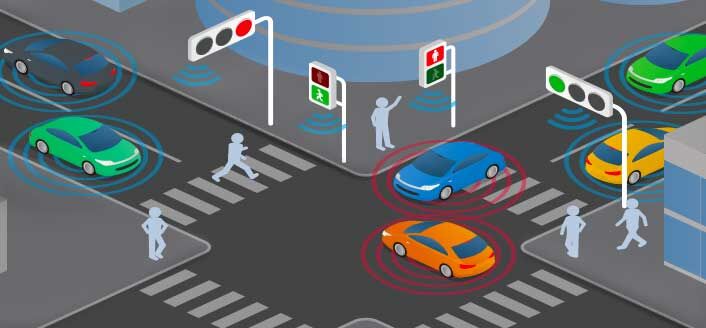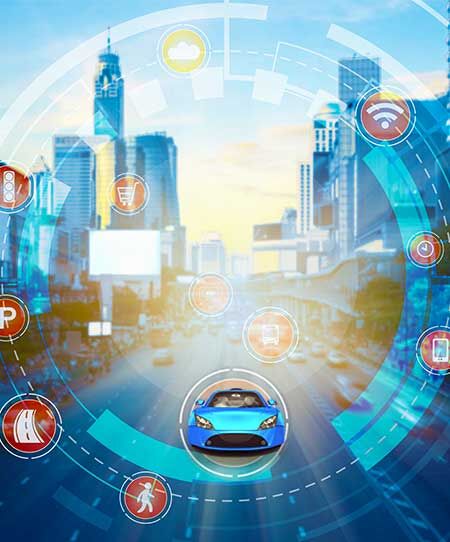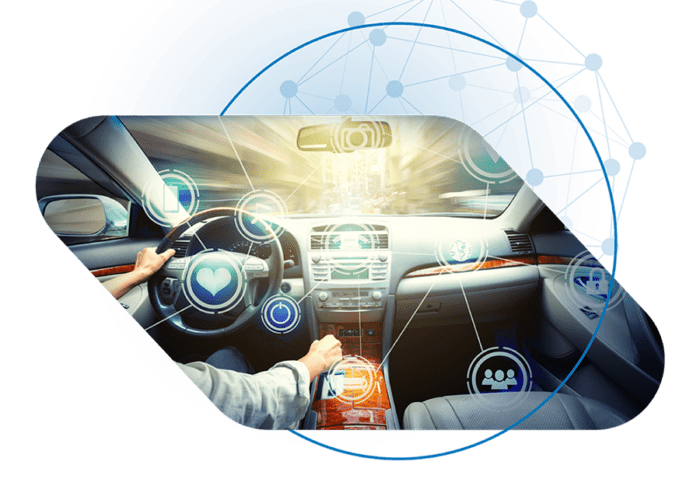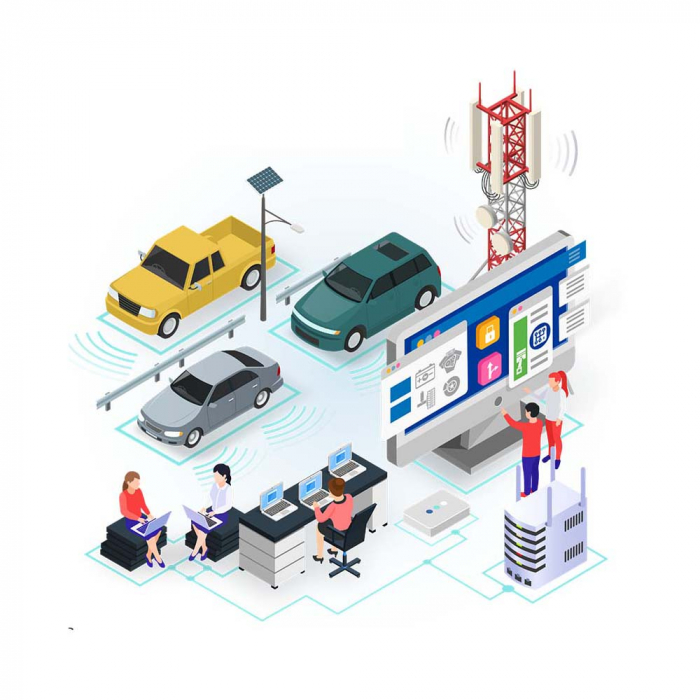In 2016, Audi first launched its Traffic Light Information (TLI) system in collaboration with Traffic Technology Services (TTL). The system, which utilizes vehicle-to-infrastructure (V2I) communication to help drivers manage their time at intersections, has since expanded to more than 4,700 intersections in cities and regions across the United States.
V2I is a pillar of the Internet of Things (IoT) automotive applications. Along with vehicle-to-vehicle (V2V) communication, these IoT systems form the basis of the vehicle-to-everything (V2X) infrastructure that will enable cars and trucks on the road to seamlessly integrate with smart cities. V2X integration is aimed at improving road safety, providing valuable data to city planners, and paving the way for self-driving and autonomous vehicles. In Audis case, V2I communication is used to determine when traffic lights will turn at any given intersection.
According to a report from the Virginia Transportation Research Council, more than 200,000 people in the United States are injured in accidents involving red light running per year. More broadly, a study published by the National Institutes of Health (NIH) found that major driving events, such as stops, turns, and braking, can lead to increased driver stress, which often is a cause of unsafe driving. With a V2I system like Audis TLI, drivers can have a better understanding of traffic flow and conditions so they can more easily plot their daily commute and reduce driver stress overall.
Current Implementation Challenges and What They Mean for the Future of V2X
Currently, Audis TLI system only works in municipalities that have granted the automaker access to their traffic control data. Utilizing its on-board 4G LTE data connection, the TLI system receives real-time signal information from traffic management to predict when a traffic light will turn, displaying this information to the driver on the instrument gauge cluster on their dashboard. If the driver is at a red light, it will display a countdown to when the light will change, stopping at five seconds before the light change so the driver can prepare to move. If the car comes to a green or yellow light, it will tell the driver if they can make the light before it changes. If they cannot make the light, the TLI system will give a warning for the driver to decelerate. For 2019 models, Audi has added their Green Light Optimized Speed Advisory (GLOSA), which uses TLI data to recommend the optimal speed for catching the next light on green.
Despite these advances, Audis TLI system still is limited in its V2I effectiveness. TLI only is available in certain Audi models through a monthly subscription to their telematics service, Audi Connect Prime. Effective V2I communication also depends on investment by municipalities in Audis TLI program. And, of course, these connections present cybersecurity concerns that both Audi and municipalities will have to address.
Regardless of its current limitations, Audis TLI system is a significant step in improving V2X communication. According to the automaker, future iterations of their V2I technology could include integration with the vehicles start/stop function, optimized navigation routing, and other predictive services.
Audi isnt the only automaker working on a V2X system, either. Ford has announced plans to add V2X systems to its entire line of cars and trucks by 2022, and Cadillac will implement V2X in a high-volume crossover by 2023 ahead of a line-wide expansion. With continued development and investment by automakers and city planners, V2X systems like TLI will only grow in effectiveness, resulting in a safer and more stress-free driving experience.
Driving into the Future with Aeris
Whether youre looking to implement V2X communication in a consumer-facing role like Audi or in your own companys fleet of service vehicles, Aeris has a connectivity solution for you. Our IoT infrastructure is designed for easy deployment and scalability across any network, and our modular Aeris Mobility Platform (AMP) provides technical and functional building blocks for IoT solutions related to motorized moving things from cars and trucks to entire fleets.
To learn more about how to apply IoT solutions and V2X communication to your fleet, contact Aeris today.




